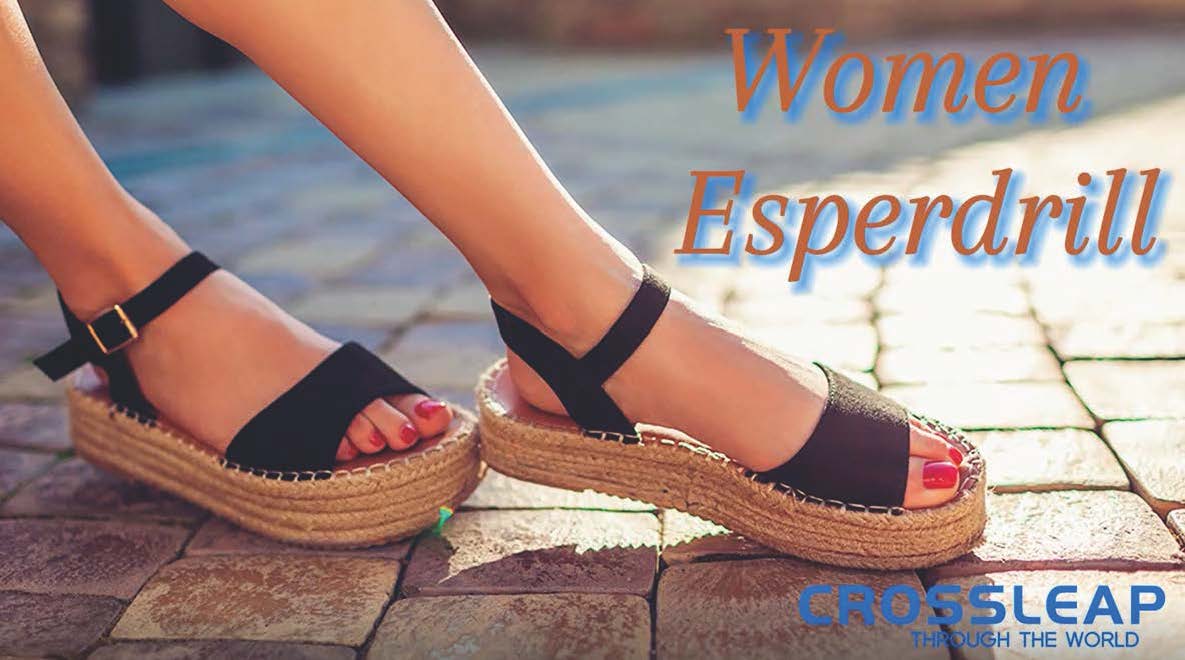A Detailed Overview of the Process of Making Kids' Sandals
Kids’ sandals are an essential part of children's footwear, offering comfort, protection, and style for little feet during the warmer months. The process of making kids' sandals is a blend of art and science, combining intricate design, material selection, and precise manufacturing techniques. Below, we'll explore the step-by-step process of creating these functional and fashionable pieces of footwear.
Before production begins, extensive market research is conducted to understand the latest trends, consumer preferences, and safety standards in children's footwear. Designers and product developers collaborate to create concepts that meet these demands while ensuring that the sandals are both attractive and practical. In this stage, designers sketch initial ideas, considering factors such as foot anatomy, age-appropriate aesthetics, and comfort. The goal is to design a sandal that not only looks appealing but also supports healthy foot development. For example, a sandal designed for toddlers will emphasize soft, flexible materials, while one for older kids might incorporate more durable features.
Choosing the right materials is crucial in making kids' sandals. The materials must be safe, durable, and comfortable for sensitive young feet. Common materials include:
Upper Material: This can be made from synthetic leather, textiles, or breathable mesh. The upper needs to be soft against the skin to prevent irritation while providing adequate support.
Outsole Material: The outsole is typically made from rubber, EVA (Ethylene Vinyl Acetate), or TPR (Thermoplastic Rubber). These materials offer flexibility, durability, and slip resistance, ensuring that the sandals can withstand active play.
Insole Material: The insole should be cushioned to provide comfort during extended wear. Memory foam, EVA, and other cushioning materials are often used to create a soft foot bed.
Fastenings: Straps, buckles, Velcro, or elastic are used for securing the sandal on the foot. These materials need to be strong enough to handle frequent adjustments while being gentle on the skin.
Once the design is finalized, pattern makers create detailed patterns for each part of the sandal. This is a critical step; as accurate patterns ensure that all components fit together perfectly during assembly. The patterns are then used to cut sample pieces from the selected materials, and a prototype sandal is assembled. This prototype is tested for fit, comfort, and durability. Feedback from these tests may lead to adjustments in the design or material selection before moving to full-scale production.
In the manufacturing phase, the chosen materials are cut into specific shapes based on the patterns. This process can be done manually or using automated cutting machines, which improve precision and efficiency. For sandals with decorative elements, such as embossed designs or logos, stamping may also be involved. Stamping machines press the design onto the material, adding unique details that enhance the sandal's aesthetic appeal.
After the materials are cut, the assembly process begins. The upper parts of the sandal are sewn together, often involving multiple layers of material. Skilled workers or automated sewing machines stitch the pieces, ensuring strong seams that will endure the wear and tear of active children. Once the upper is assembled, it is attached to the insole, which may involve adhesive bonding, stitching, or a combination of both. The outsole is then glued or stitched to the bottom of the sandal, forming the complete footwear. For sandals with additional features like Velcro straps, buckles, or embellishments, these are added during this stage. Each component is carefully aligned and secured to ensure the sandal functions properly and looks appealing.
Quality control is a vital part of the sandal-making process, especially when it comes to children's footwear. Each sandal undergoes rigorous inspection to ensure it meets safety standards and design specifications. Inspectors check for issues such as uneven stitching, improper fit, or weak adhesive bonds. The sandals are also tested for durability, flexibility, and slip resistance. Only after passing these quality checks are the sandals approved for packaging and shipment.
In recent years, there has been a growing emphasis on sustainability in footwear manufacturing. Many companies are adopting eco-friendly practices, such as using recycled materials, reducing waste, and minimizing the use of harmful chemicals. These efforts not only protect the environment but also ensure that the sandals are safe for children to wear.
The process of making kids' sandals is a complex and detailed endeavor that requires careful planning, skilled craftsmanship, and a commitment to quality. From the initial design to the final product, every step is carefully executed to create sandals that are not only stylish but also comfortable and durable for young wearers. As the industry continues to evolve, innovations in materials and manufacturing techniques will likely lead to even better and more sustainable footwear for children.










